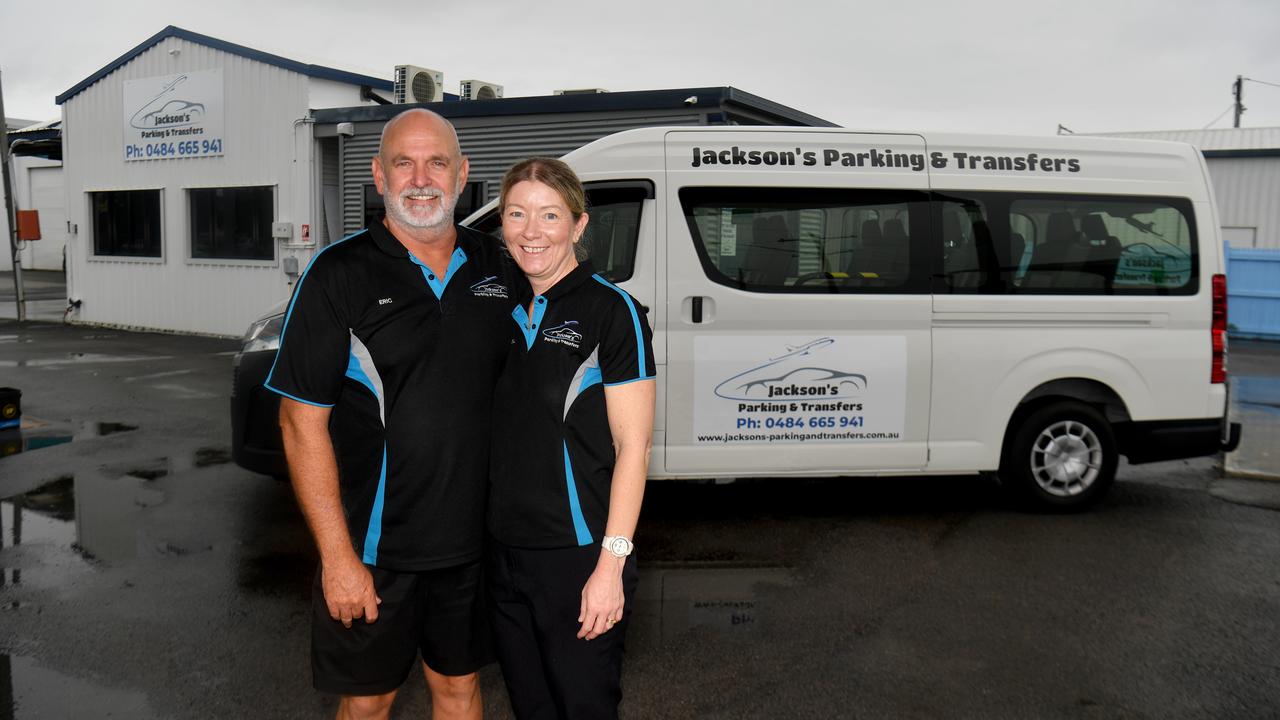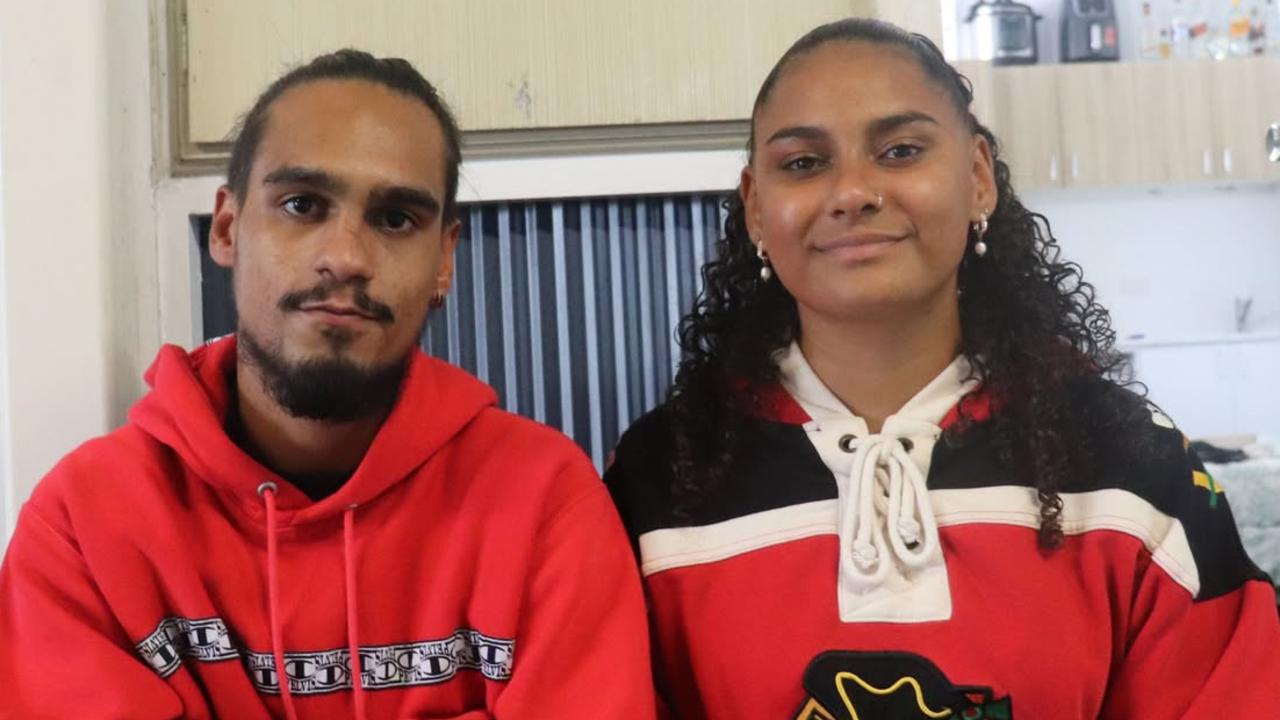The Great Magnetic Island Koala Count’ program aiming to capture accurate numbers on population numbers
The Magnetic Island Koala Hospital and an Australian wildlife survey drone company have teamed up in preparation of ‘The Great Magnetic Island Koala Count’ program.
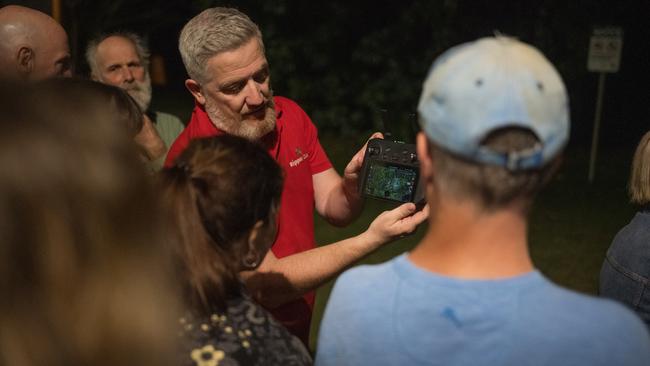
News
Don't miss out on the headlines from News. Followed categories will be added to My News.
The Magnetic Island Koala Hospital has teamed up with an Australian wildlife survey drone company to launch ‘The Great Magnetic Island Koala Count’ program.
At a demonstration night hosted by the Koala Hospital, conservationists, local authorities, and community members gathered to see how the drones work.
The initiative aims to revolutionise koala conservation by using drone technology to count, monitor, track, and protect the koala population on Magnetic Island.
Koalas were listed as endangered in Queensland in 2022, and the last official count, conducted over 10 years ago using traditional ground survey methods, estimated the population to be between 600 and 800 koalas.
The new drone technology is expected to be a ‘game changer’ in ensuring more accurate and effective conservation efforts.
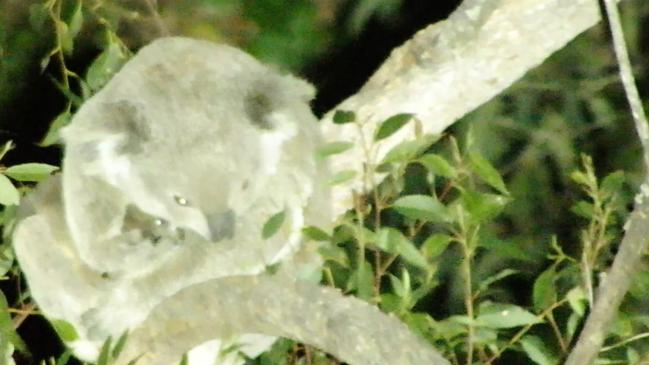
Magnetic Island has the largest island-based koala colony in northern Australia.
Dr Ali Bee from the Magnetic Island Koala Hospital believes this number is larger and hopes the new drone survey will provide accurate numbers of the koala population.
“I believe the koala count will not only educate locals and tourists through up-to-date data but also lead to better protections for this endangered species. Koalas play a huge role in eco-tourism, as it is estimated that 72 per cent of international visitors to Australia look to have a Koala encounter,” she said.
“We think this project will engage and educate the community not only in our koala numbers but also in how to protect and respect them.”
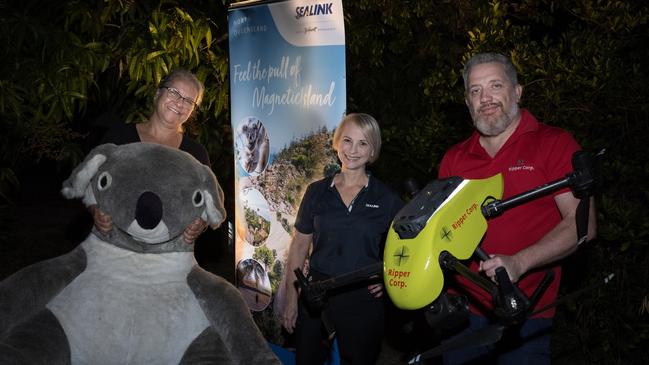
Ripper Corp chief remote pilot Jamie Holyoak said using drones improved the accuracy of wildlife surveys.
The company has surveyed wildlife for over eight years including koalas, kangaroos, wallabies and owls.
“The technology is quick, efficient and scientifically based and does not impact on the animals,” he said.
“We use sophisticated infra-red sensors carried on our big Ripper drones to locate and count the animals. We fly at night in cooler months, so our sensors can quickly and accurately find the animals.”
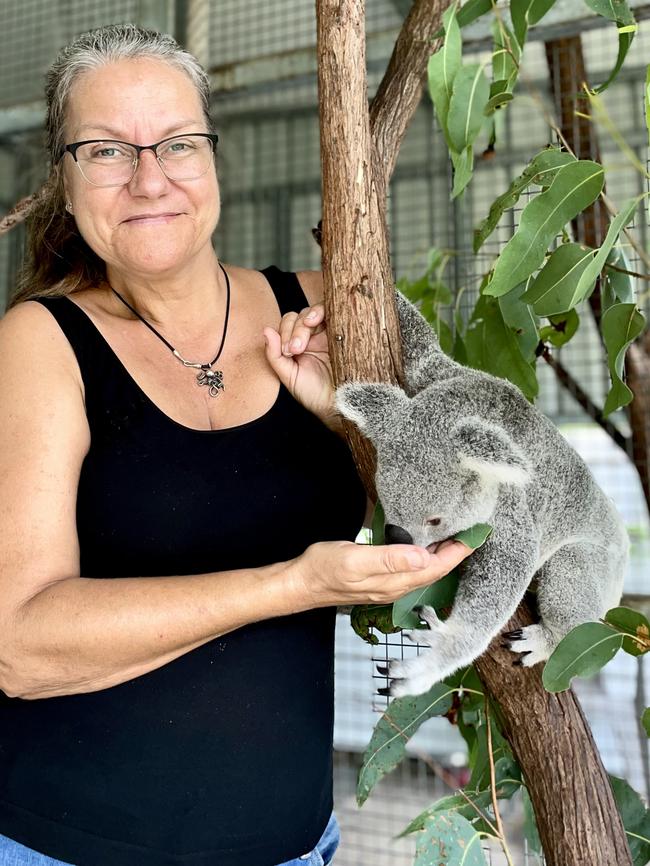
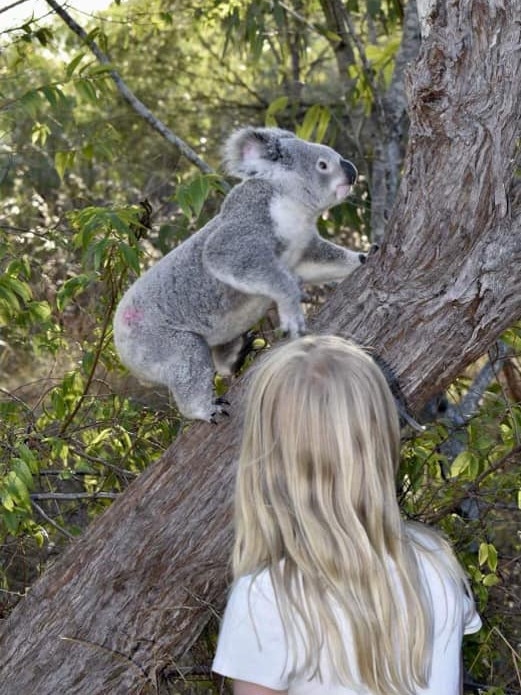
General manager of SeaLink Darren Spearman said the company was proud to support the initial trial of the Great Magnetic Island Koala Count, having partnered with the Magnetic Island Koala Hospital for more than ten years.
“This Ripper drone initiative is a significant step in our support of conservation efforts, and we’re excited to help protect the island’s koala population for future generations,” he said.
Ripper Corp and the Magnetic Island Koala Hospital are now seeking to expand their partnerships, secure additional funding, and attract stakeholders to support the full-scale implementation of the Great Magnetic Island Koala Count in 2025.
More Coverage
Originally published as The Great Magnetic Island Koala Count’ program aiming to capture accurate numbers on population numbers




